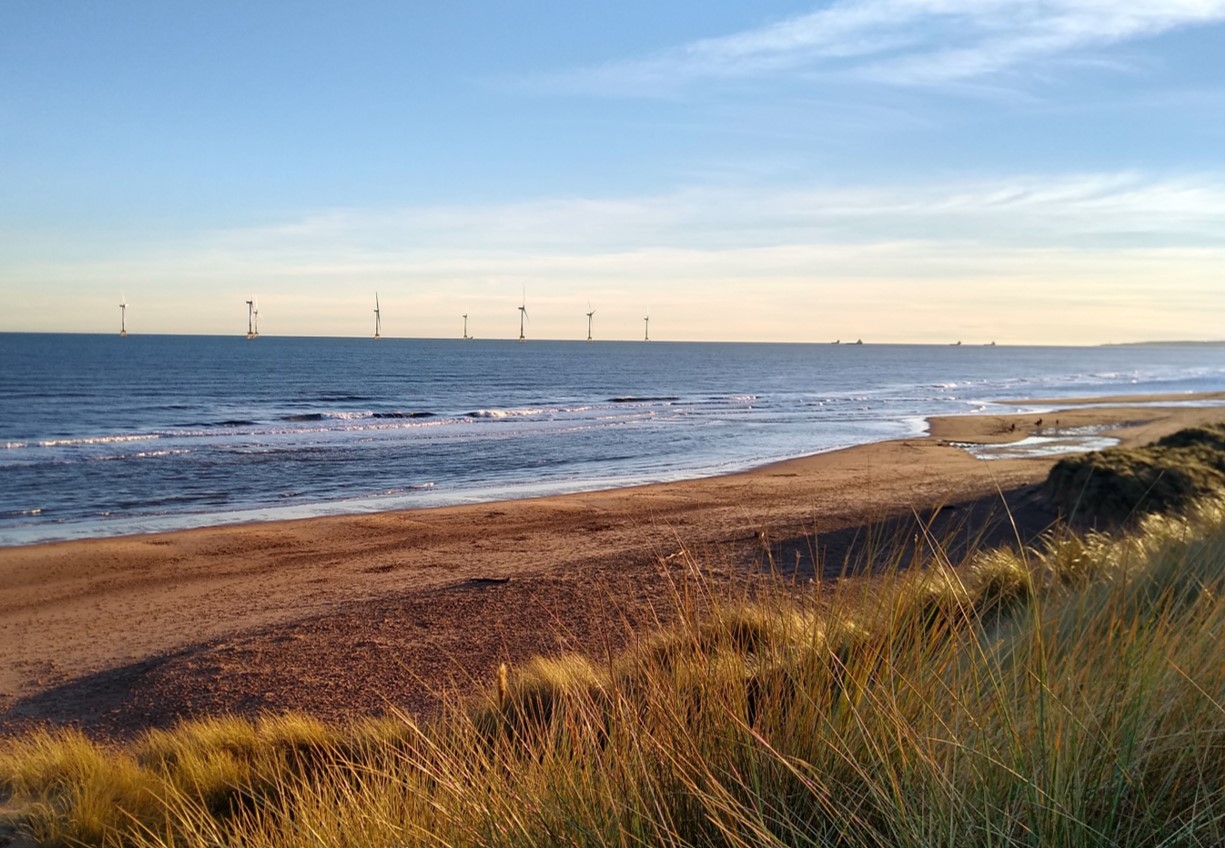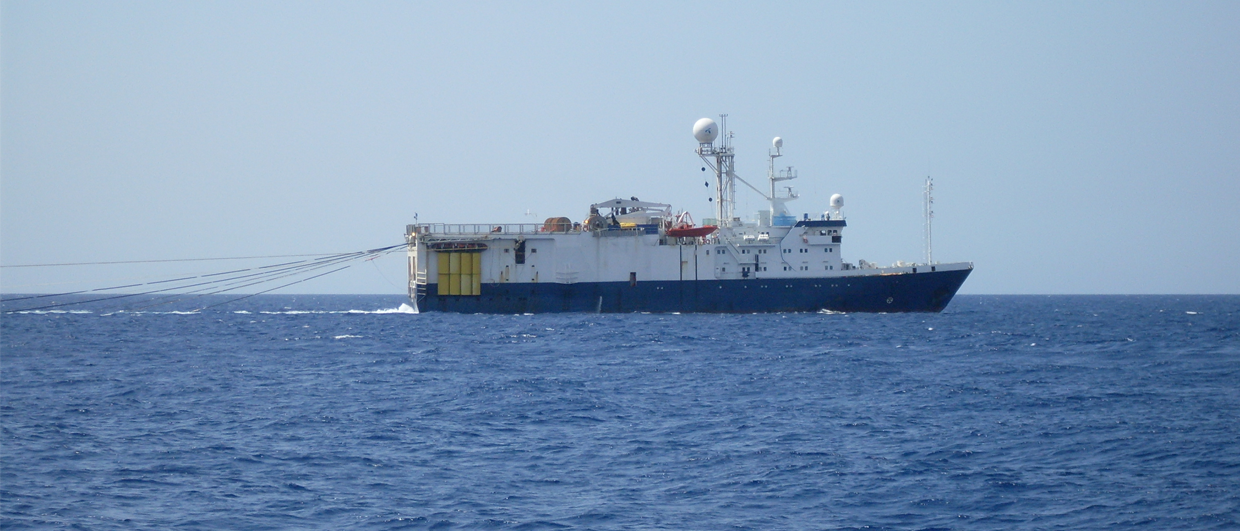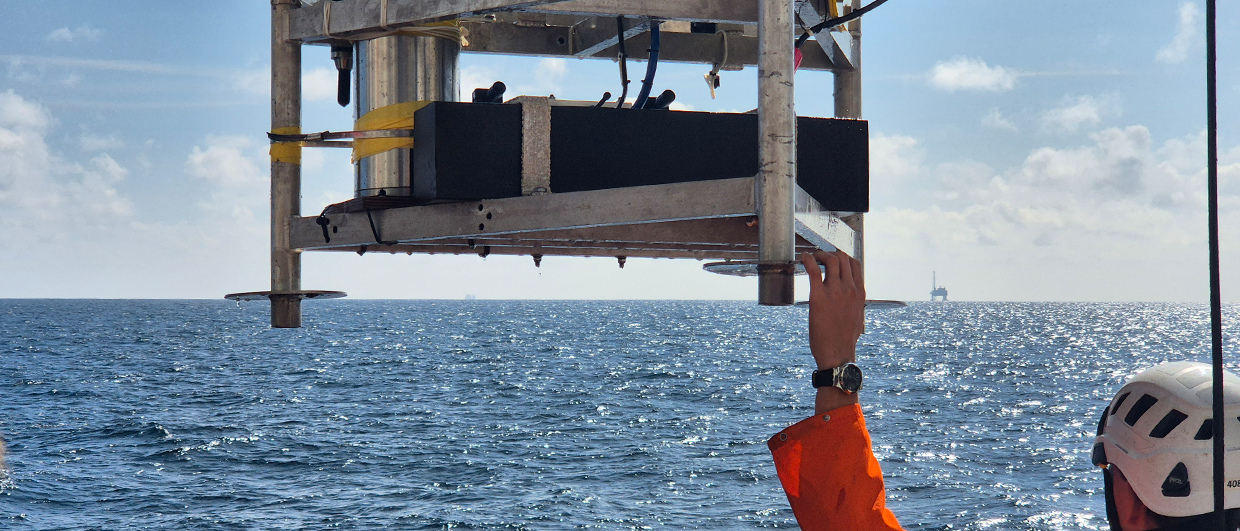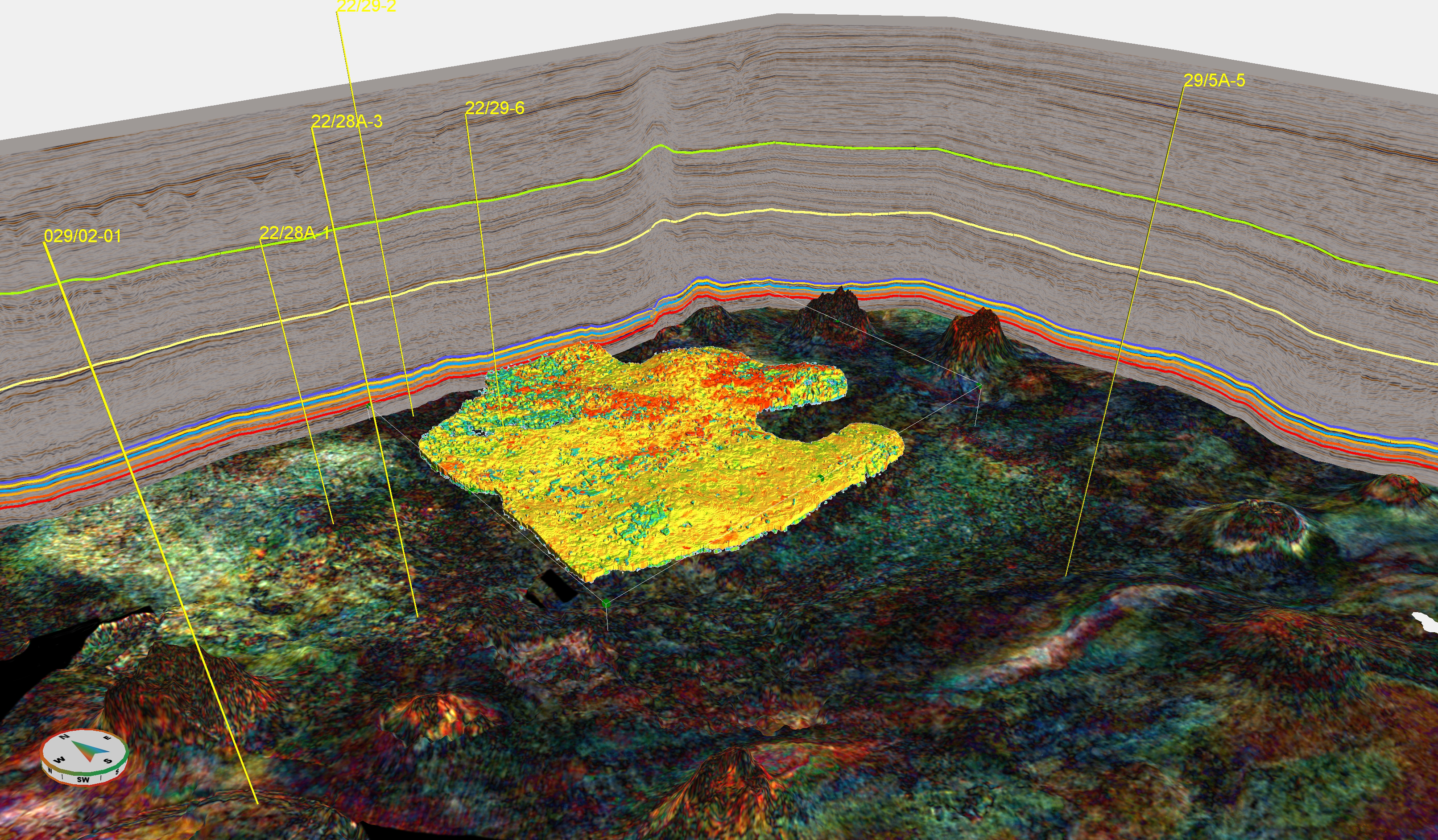The creaming curve for North Sea oil and gas finds may be flattening off for quite a while already; the initiatives to produce energy and store CO2 have mushroomed in recent years.
In a webinar that took place yesterday, Francis Cram from Mapstand, Graham Barton from Xodus and Bill Senior from BluEnergy shed their lights on current developments, especially in the renewable domain.
To give an impression of the plans that are currently on the table: 264 wind farms are planned in addition to the 162 in place, 23 floating wind farms in addition to the 2 in place, 72 carbon capture and storage projects can be counted and a look at the map shows how many geothermal exploration licences have already been issued in a country such as the Netherlands.

Renewable energy and fossil fuel sectors need to co-exist
However, as none of these alternative energies sources will yet provide the economy of scale that is still provided by oil and gas, it means that the North Sea will be an increasingly busy area where all these initiatives will need to co-exist.
As this article on energy production and consumption in the Netherlands showed recently, the decline of oil and gas production in the years to come will probably even outpace the rate at which renewable sources are being brought onstream, further stressing the need for a co-existence of both fossil fuel-based and renewable energy in order to reduce dependency on emission-intense imported energy.
More pipelines needed
As Graham Barton highlighted in his talk, a country such as Scotland is able to generate far more hydrogen than it needs for domestic consumption – primarily through its huge wind energy-generating potential. This excess energy could subsequently be piped to countries such as the Netherlands and Germany who according to Graham have already started looking at options to import hydrogen. “A pipeline from St Fergus straight to Germany may in that light be the most cost-effective solution,” he added.
More CO2 storage needed
CO2 storage projects are in multiple stages of progression across the North Sea, where a distinction can be made between planned storage in saline aquifers or depleted gas fields. The P18 field in the Netherlands and the Hamilton field in the UK are examples of sites where CO2 is intended to be injected in a former gas field. “However, in terms of scale, saline aquifers do possibly form an even better candidate in the long run, such as the Captain sands targeted by the Acorn project” said Bill Senior from BluEnergy, “as these are much bigger and can therefore be regarded as the Super Stores we may need in the future.”
What is the future in terms of jobs?
So, with the inevitable decline of traditional oil and gas dominance in the North Sea, do we need to worry about our jobs? If we are to believe the poll that was launched at the end of the webinar we don’t. An overwhelming 81% estimates that the energy transition will provide opportunities for those currently in oil and gas.
HENK KOMBRINK





